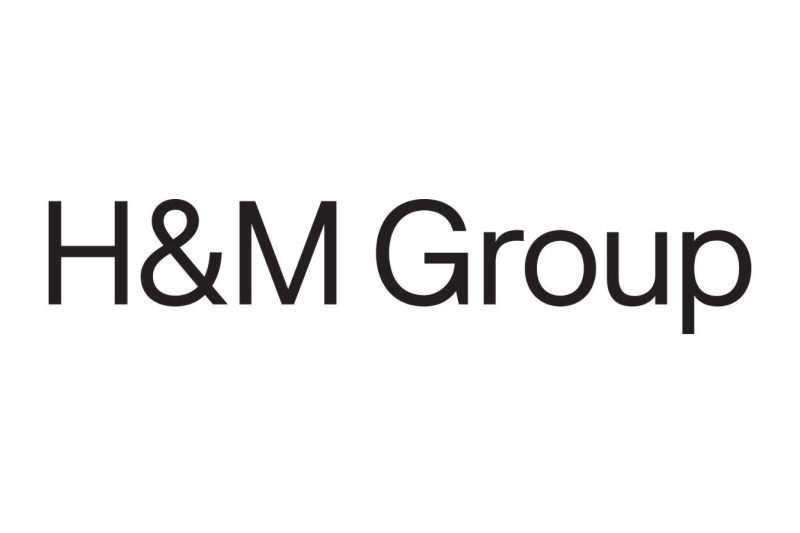
The SBTi releases criteria updates to improve usability for financial institutions and increase near-term ambition to 1.5°C
28th May 2024
The SBTi releases revisions and new resources to enable financial institutions to set ambitious near-term emission reduction targets.
The Science Based Targets initiative (SBTi) is today unveiling a suite of revisions and new resources to enable financial institutions (FIs) to set ambitious near-term emission reduction targets. The changes include an increase in ambition to 1.5°C, the introduction of fossil fuel finance criteria and overall improvements for usability and clarity.
The SBTi is hosting two webinars on 12 June 2024 where its experts will provide an overview of the new resources.
The primary resource released is the Financial Institutions’ Near-Term Criteria Version 2.0 (FINT Criteria V2). A more detailed overview of the changes is in Table 2. At a high-level, the updated criteria aim to:
- Align criteria with the SBTi Corporate Net-Zero Standard, notably by increasing minimum scope 1 and 2 mitigation ambition from well-below 2°C to 1.5°C.
- Enhance clarity, actionability and usability regarding existing criteria.
- Streamline coverage requirements.
- Introduce criteria for the new Fossil Fuel Finance Targets method option to disclose, halt, transition and phase out FIs’ fossil fuel–related activities.
FINT Criteria V2 will come into effect as of 30 November 2024. All FIs that submit targets before this date can choose to be assessed against either FINT Criteria V2 or the Criteria and Recommendations for Financial Institutions Version 1.1. FIs that have SBTi-validated targets must update their targets against the latest criteria within five years from their validation date (the validation date can be found on the SBTi Target Dashboard). Table 1 lists each of the updated resources:
Resource | Description |
Financial Institutions’ Near-Term Criteria Version 2.0 (FINT Criteria V2) |
|
| |
Criteria Assessment Indicators for FINT Criteria V2 |
|
Target Submission Form for Financial Institutions Version 2.0 |
|
Financial Sector Near-Term Science-Based Targets Explanatory Document |
|
Table 2 below provides a summary of the key changes made in FINT Criteria V2 compared to Version 1.1:
Key Changes in FINT Criteria V2 (vs. Version 1.1) |
FI-C10 (formerly FI-C6):
|
FI-C12 (formerly FI-C8 and FI-C9):
|
FI-C15 (formerly FI-C16):
|
FI-C16:
|
FI-C17.1:
|
FI-C17.2:
|
FI-C17.3:
|
FI-C17.4 and Table 2:
|
FI-R11 and FI-R12:
|
Table 1 (in Version 2.0):
|
Table 3 (in Version 2.0):
|
These changes are also reflected in the other documents. A more detailed and longer list of revisions can be found in the Main Changes Document.
The SBTi is also developing a Financial Institutions Net-Zero Standard to enable FIs to develop both near- and long-term science-based targets in line with net-zero. Updates on this work are expected in the coming months.
To keep up to date with future SBTi developments, visit the SBTi finance sector page, sign up to the SBTi finance sector newsletter and follow the SBTi on LinkedIn and X (formerly known as Twitter).



